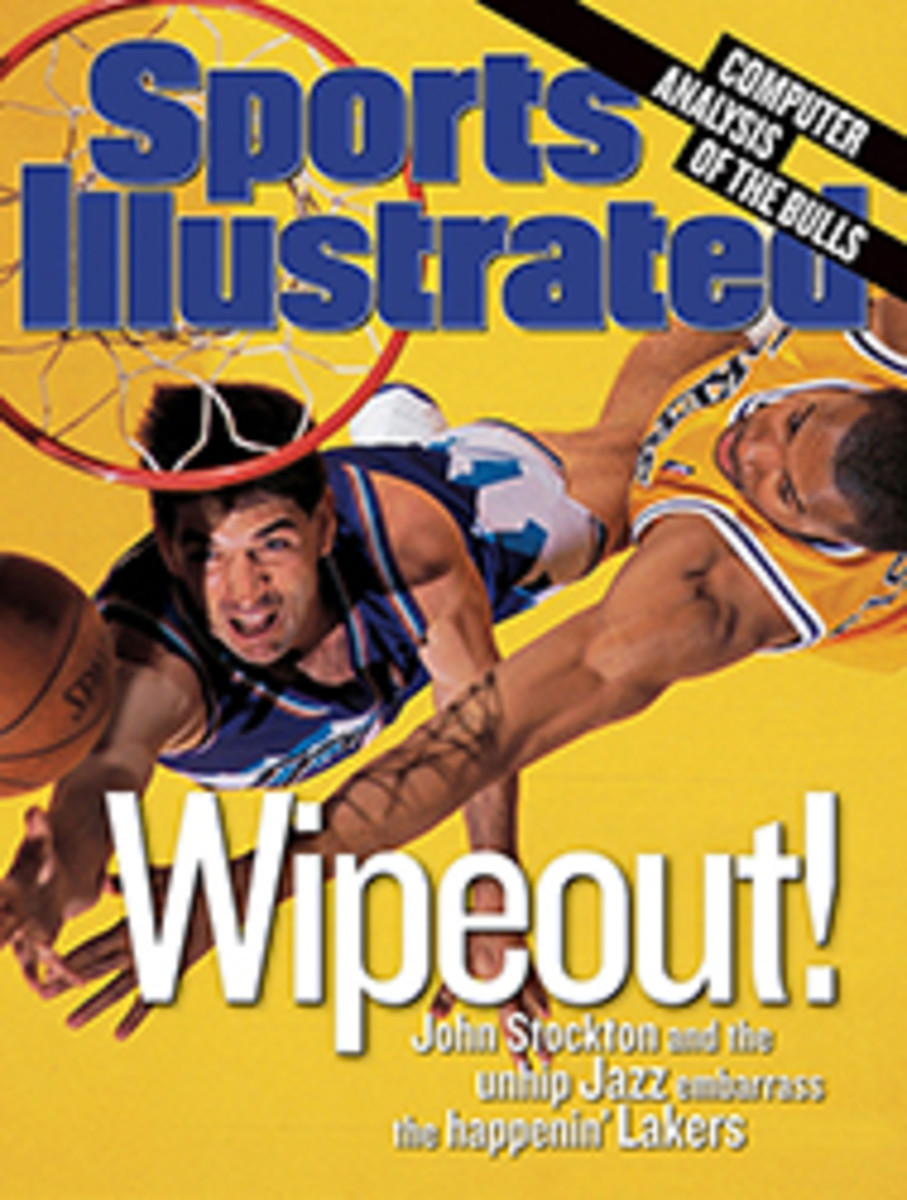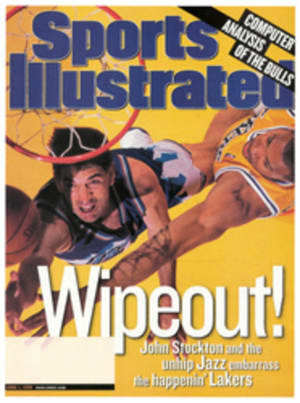
A Charity That Hits Homers The Jimmy Fund began in 1948 with a hospital visit by the Boston Braves
Baseball and sick kids have been linked at least since 1926,
when Babe Ruth delivered on a promise to hit a home run while
young Johnny Sylvester listened by radio from his hospital bed.
In Boston, however, this bond has produced a philanthropic
enterprise. The memory of a 12-year-old cancer patient who was
buoyed by bedside visits from his major league heroes lives on
in a charity that, 50 years after its creation, still bears the
name the Jimmy Fund.
What began as a single fund-raising effort has grown into an
organization that last year collected $15 million to help pay
for research and care at Boston's Dana-Farber Cancer Institute.
Much of that money is raised by the Boston Red Sox, who in
making the Jimmy Fund their official team charity have continued
a tradition started by the Boston (now Atlanta) Braves.
Little was known about childhood cancer in 1947 when the
Children's Cancer Research Foundation was created in Boston with
help from the Variety Club of New England, a society of
professional entertainers. Dr. Sidney Farber directed research
for the foundation out of a basement room in Boston's Children's
Hospital, where many young cancer patients were treated. To draw
attention to the cause, George Swartz, a member of the Variety
Club, and William H. Sullivan Jr., publicity director for the
Braves, planned a visit to the hospital by members of the team.
Then they persuaded popular radio personality Ralph Edwards to
broadcast the visit.
On the evening of Saturday, May 22, 1948, when Edwards broadcast
his program Truth or Consequences live coast-to-coast, he had a
remote microphone feed into a room at Children's Hospital.
Edwards, in Hollywood, explained to his studio audience before
hooking up with the room's occupant, "Tonight we take you to a
little fellow named Jimmy. We're not going to give you his real
name, because he's just like thousands of other young fellas and
girls in private homes and hospitals all over the country. Jimmy
is suffering from cancer, but he doesn't know he has it. He's a
swell little guy, and although he can't figure out why he isn't
out with the other kids, he does love his baseball and follows
every move of his favorite team--the Boston Braves."
Once the connection to Boston was made, Edwards and Jimmy began
talking baseball. Edwards asked, "Who's the catcher on the
Braves, Jimmy?"
"Phil Masi."
"That's right. Have you ever met Phil Masi?"
"No.
Suddenly a third voice was heard: "Hi, Jimmy! My name is Phil
Masi."
When Edwards asked innocently, "Who's that, Jimmy?" the boy
could be heard gasping before he shouted back, "Phil Masi!"
One by one, Braves players trooped into Jimmy's room with hats,
bats and other gifts. Manager Billy Southworth arrived last with
a Braves uniform for the boy and a final surprise. He said, "We
play the Chicago Cubs tomorrow in a doubleheader at Braves
Field, and we're calling it Jimmy's Day...."
It all took about 15 minutes. Then the connection was cut off,
and Edwards made a final pitch to listeners: If $20,000 were
donated to the foundation, Jimmy would receive a television on
which to watch his beloved Braves. Within minutes, people were
contacting Children's Hospital with contributions for "Jimmy's
fund." The $20,000 goal was reached by May 28. Jimmy got his
television set, and a new charity was born.
When the Braves left Boston for Milwaukee in 1953, Red Sox owner
Tom Yawkey broke his long-standing rule against posted
advertising at Fenway Park to erect a Jimmy Fund billboard in
rightfield, where it remains today. Ted Williams became a
champion of the cause, raising millions of dollars with little
fanfare.
Today the Red Sox continue to devote time and energy to Jimmy
Fund activities, and others are helping as well. When the Braves
returned to Boston for an interleague series with the Sox last
August, Atlanta owner Ted Turner sent a $20,000 check to
Dana-Farber, honoring the charity that his team had helped start
two generations before.
As for the original "Jimmy," most people assume that he died
after the radio broadcast. Dr. Farber, who died in 1973, knew
the boy had recovered. Last Friday night, "Jimmy," who is, in
fact, 62-year-old Carl Einar Gustafson, from New Sweden, Maine,
was part of a celebration at Fenway Park to mark the anniversary
of the charity that started in his hospital room 50 years ago.
Freelance writer Saul Wisnia lives near the Dana-Farber Cancer
Institute, in Boston.
COLOR PHOTO: DAMIAN STROHMEYER The original Jimmy threw out the first ball at Fenway to mark the anniversary of the charity. [Carl Einar Gustafson throwing baseball]

